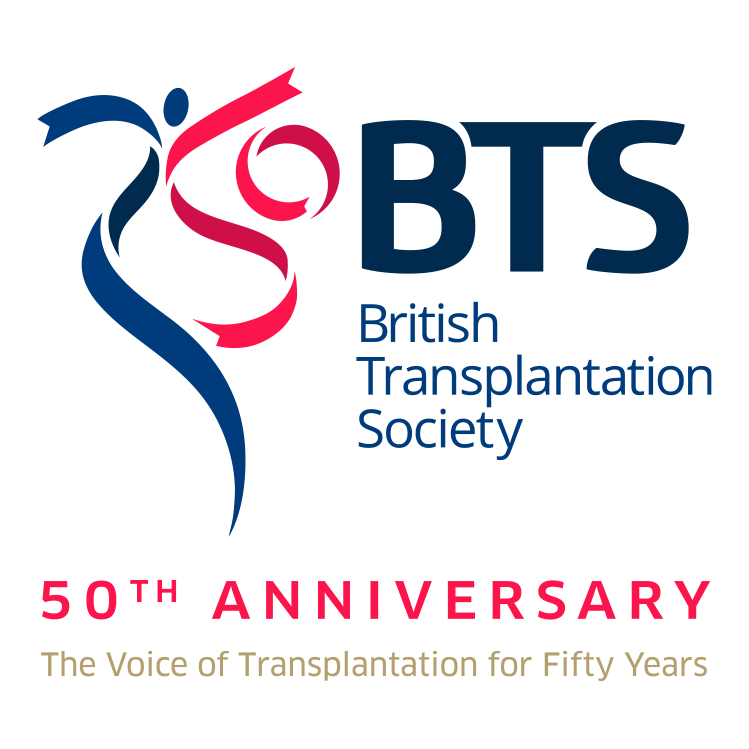DCD heart transplantation: An emerging technology
Steve Large councillor for heart transplantation – Papworth
The widening gap between demand for and availability of hearts for transplantation got us asking in 2006 why hearts from DCD donors, donating livers, kidneys and pancreases could not be used. Small and large animal modeling supported work from the late 1970s suggesting a heart could tolerate 30-40 minutes of normothermic ischaemia. In 2009 we found and reported the re-animation of a human heart after 20 minutes of normothermic asystole. In February 2015, following further feasibility studies, the UK DCD heart transplant program began. Ours is now the largest program in the world having just performed our 22nd case.
Outcomes have been excellent and with support from NHSBT we look forward to teasing out the best method for procuring DCD hearts – either by normothermic reperfusion (NRP) in situ (allowing all solid organs for donation to be promptly perfused with blood) or direct placement onto the ex-situ perfusion rig (DPP). This programme is cautiously being rolled out nationally. Modelling on past experience of DCD organ donation suggests we can expect at least 50 extra heart transplants per year. However, the reality of the nations clinical work indicates that this extra activity may be very much more. This is very welcome news to those increasing numbers of patients awaiting heart transplantation.



